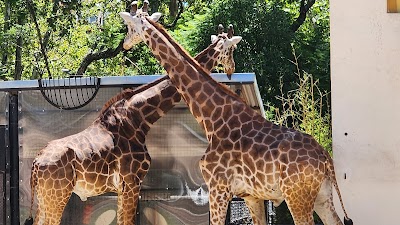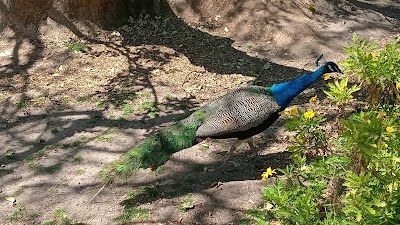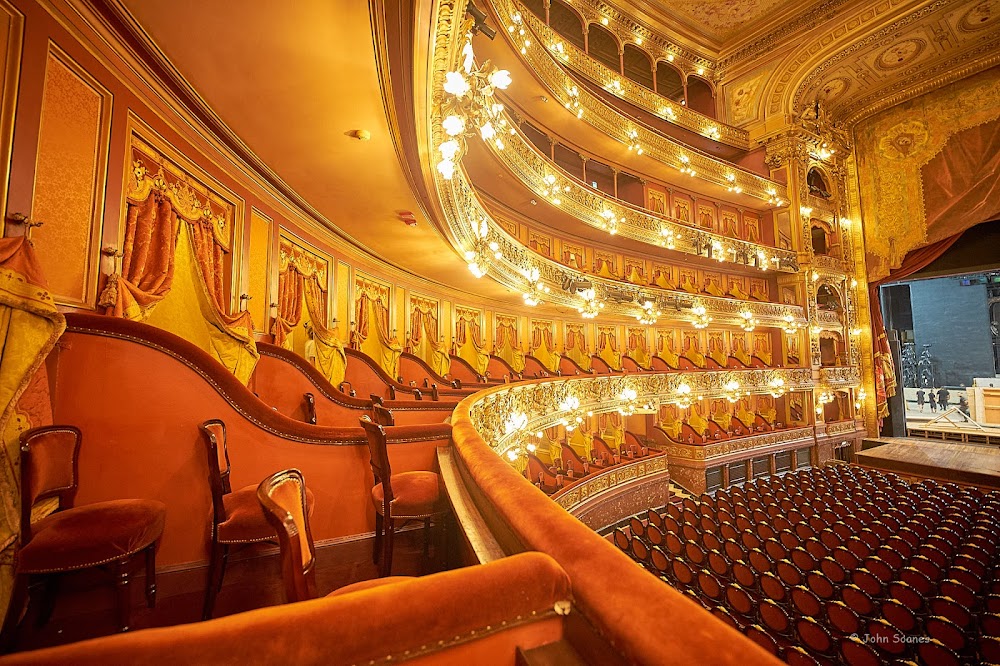Buenos Aires Zoo (nos Aires Zoo</place_en_name>Jardín Zoológico de Buenos Aires)
Overview
Welcome to Buenos Aires Zoo, now known as the Ecoparque Interactivo de Buenos Aires! This iconic landmark, located in the vibrant Palermo neighborhood, has captivated locals and tourists alike since its establishment in 1888. Spanning approximately 45 acres, the park features lush, landscaped grounds that house a diverse array of wildlife, historical architecture, and beautifully designed walkways, making it a cherished attraction for over a century.
A Rich History
The history of Buenos Aires Zoo is both rich and fascinating. It opened its doors during a time when zoos around the world were becoming popular for education and recreation. Designed by the visionary Carlos Thays, a renowned French-Argentine urban planner and landscape architect, the zoo aimed not only to exhibit animals but also to promote species conservation and educate the public about the natural world. Thays' influence is evident in the park's stunning design, reflecting his commitment to creating harmonious green spaces in Buenos Aires.
Wildlife Conservation and Education
As the years passed, Buenos Aires Zoo became a leader in wildlife conservation and education, housing an impressive variety of species, including lions, tigers, elephants, and exotic birds. Many of these animals were part of breeding programs dedicated to preserving endangered species. The zoo also featured buildings and exhibits in various architectural styles, such as the historic entrance gates, the Egyptian Temple, and the Asian Pagoda, each adding to the park's unique allure.
A Transformative Journey
In recent years, the zoo transitioned into the Ecoparque Interactivo de Buenos Aires, reflecting a growing recognition of the ethical concerns surrounding traditional zoos. The Ecoparque aims to create a more humane and educational environment for both animals and visitors, providing a sanctuary for rescued and rehabilitated wildlife. Its mission focuses on conservation, research, and environmental education, offering a modern approach to wildlife interaction.
Interactive Experiences
One of the most exciting aspects of the Ecoparque is its emphasis on interactive and immersive experiences. Visitors can engage with the park's wildlife through various educational programs and activities that foster a deeper understanding of environmental conservation. The Ecoparque features interactive exhibits and enclosures, allowing guests to learn about different species' habitats and behaviors through hands-on experiences and guided tours. This approach nurtures empathy and responsibility towards the natural world.
Commitment to Sustainability
The transition from a traditional zoo to an Ecoparque also highlights Buenos Aires' dedication to sustainability and ecological awareness. The park incorporates sustainable practices, such as utilizing renewable energy sources, implementing water conservation methods, and reducing waste. These efforts align with global trends toward environmentally friendly and ethically responsible tourism, ensuring that visitors contribute positively to the planet.
Explore and Discover
For tourists visiting Buenos Aires, the Ecoparque offers a unique opportunity to explore the city’s rich natural heritage while supporting the welfare of its animal inhabitants. Conveniently located near other major attractions in the Palermo neighborhood, such as the Palermo Woods, the Rose Garden, and the Japanese Garden, it’s easy to plan a day of exploration and relaxation in one of Buenos Aires' most beautiful areas.
Interesting Facts
The Buenos Aires Zoo and Ecoparque have played a pioneering role in conservation efforts in Argentina. It was one of the first institutions in the country to establish a captive breeding program for endangered species, significantly aiding the preservation of native wildlife like the Andean condor and South American tapir. The Ecoparque also collaborates with international organizations, contributing to global efforts to protect biodiversity and promote sustainable living.
Architectural Heritage
Another noteworthy feature of the park is its historical architecture. Many original buildings have been meticulously preserved and restored, providing a glimpse into Buenos Aires’ architectural and cultural history. These structures serve not only as beautiful landmarks but also as educational tools, showcasing the integration of art, history, and nature.
Conclusion
In summary, the Ecoparque Interactivo de Buenos Aires is a must-visit destination for anyone traveling to the Argentine capital. With its rich history, commitment to conservation, and dedication to providing humane and educational experiences, the Ecoparque stands out as a premier attraction. Whether you're an animal lover, a history buff, or simply seeking a peaceful escape in the bustling city, the Ecoparque offers something for everyone. Visiting this remarkable place is an opportunity not just to observe animals but to connect with the natural world and support vital conservation efforts.







